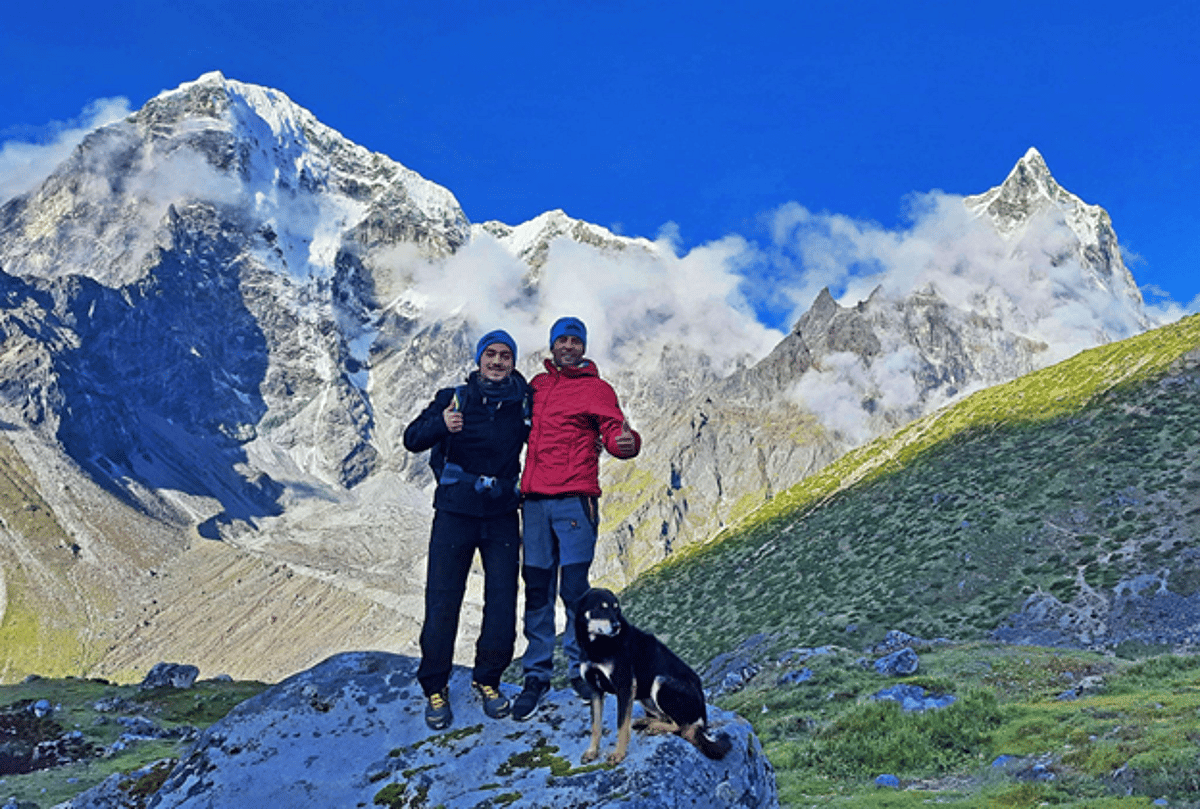1. Trekkers on a Tight Schedule
If you only have a limited number of days in Nepal, the helicopter return saves 3–4 valuable trekking days.
This gives you flexibility to explore Kathmandu, recover, or catch an earlier flight home without feeling rushed.
2. Physically Exhausted Trekkers
The return from Base Camp is long, steep, and hard on the joints. If your body is already tired or sore, flying back avoids potential overuse injuries.
Guides say most descent injuries happen when people push through pain or fatigue.
3. Older or Less Experienced Hikers
Trekkers over 50 or those with less mountain experience may find the descent more physically demanding than expected.
A helicopter return from Everest Base Camp provides comfort, safety, and peace of mind.
4. Trekkers Recovering from Illness or Mild AMS
Even if you’ve reached Base Camp, mild altitude sickness or cold symptoms can make the descent dangerous.
A helicopter exit reduces strain and helps you descend quickly to lower, safer altitudes.
5. Luxury or Comfort-Focused Travelers
Some prefer to trek up and fly down for a balanced experience. A helicopter return adds an exclusive, scenic finish to the trip.
Travelers on high-end packages often include a helicopter ride for convenience and a memorable ending.
A helicopter return from Everest Base Camp isn’t just for emergencies. It’s a smart option for many types of trekkers.
Whether you’re exhausted, short on time, or prioritizing safety, this choice can help you finish your trek strong, healthy, and happy.















Leave a Reply